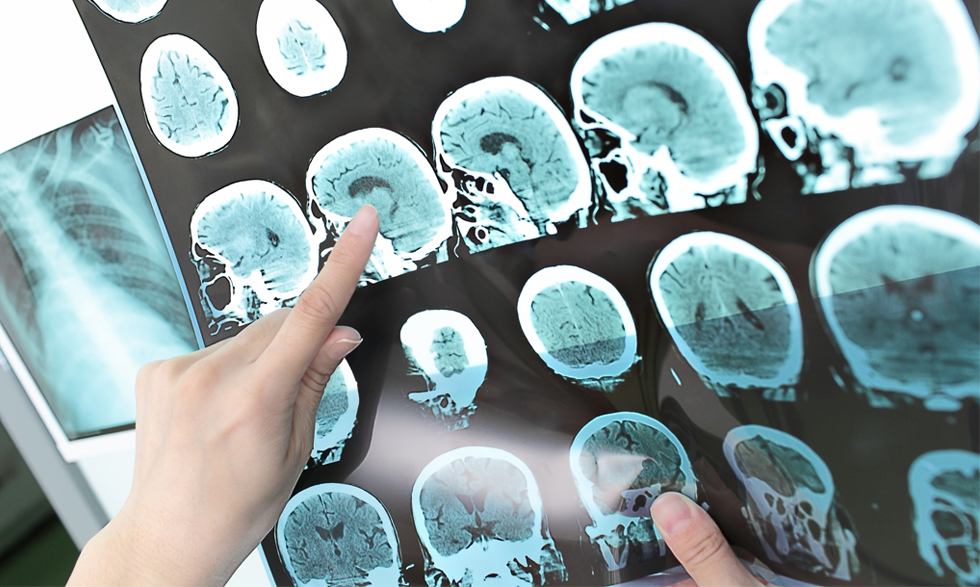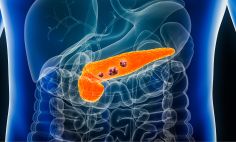Health Topics

Multiple sclerosis: What you need to know
The largely invisible disease affects millions across the globe
What is it?
Multiple sclerosis (MS) is a nervous system disease that affects the brain, optic nerve (which helps you see), and spinal cord. The immune system attacks myelin—the coating on nerve fibers—and makes it harder for those cells to send signals across the body. The exact cause of MS is unknown, but it’s linked to a number of infectious diseases like the Epstein-Barr virus, which can cause the disease commonly experienced by teenagers or young adults known as mononucleosis or mono. Environmental factors like low levels of vitamin D and genetic factors also play a role. People typically experience their first symptoms between ages 20 and 40.
Symptoms of an MS attack develop and peak within a few days, and then slowly resolve over the next several days or weeks. In the early stages of the disease, symptom attacks happen about once a year. As the disease progresses, symptoms can arrive more frequently, and resolve less completely. MS is different for everyone, and in its most severe forms it can impair walking or standing, and it can even lead to partial or complete inability to move.
Symptoms and diagnosis
Different people have different experiences with MS. Some cases can be less severe, and others can be disabling. Symptoms can include:
- Double vision
- Blurred vision or blindness in one eye
- Colors look different
- Muscle weakness
- Dizziness
- Difficulty with balance
- Numbness, prickling, or a “pins and needles” sensation
- Pain
- Tremors
Many people experience mental symptoms as well, such as:
- Difficulty speaking
- Impaired concentration, attention, and memory
- Depression
Because MS has so many different symptoms, it can be difficult to diagnose. People with MS might be diagnosed soon after developing symptoms, while others might spend years with confusing symptoms and multiple diagnoses. An MRI to look for scars in the brain and spine can help medical professionals make an accurate diagnosis.
Treatment
There is currently no cure for MS. Treatment plans depend on the severity of the disease and can include:
- Steroids to improve symptoms of an attack
- FDA-approved drugs that reduce the number of relapses, change how the body responds to inflammation, and improve mobility
- Muscle relaxants and tranquilizers that reduce stiffness
- Drugs that decrease fatigue
Multiple sclerosis by the numbers
- 2.5 million—The number of people worldwide with MS
- 60 percent—The amount of people with MS who can walk without assistance
- 1878—The year MS was first recognized as a specific disease in the United States
- 300 percent—How much more likely it is for women to develop MS compared to men







